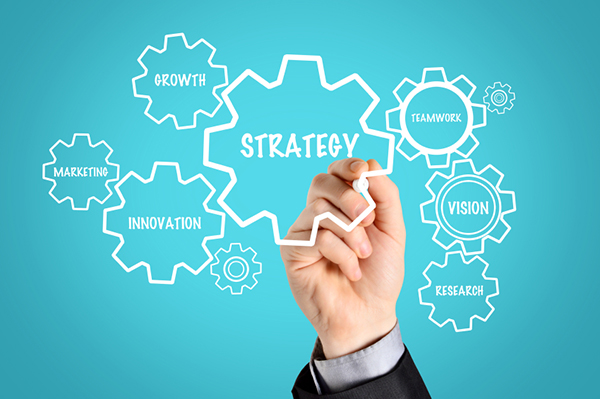To ensure sustainable growth and achieve long-term goals, organizations must Define Strategies that are both effective and adaptable. This process involves a deep understanding of internal capabilities and external environments, as well as the formulation of actionable plans.
Steps to define strategies
1. Analyze Internal and External Environments
SWOT Analysis:
-
Strengths: What does the company do well? What unique resources does it have?
-
Weaknesses: What areas need improvement? What should be developed further?
-
Opportunities: What external trends can the company leverage?
-
Threats: What external challenges could affect the company?
PESTEL Analysis: Analyze the Political, Economic, Social, Technological, Environmental, and Legal factors that may impact the organization.
2. Define Vision and Mission
-
Vision: A long-term view of what the company aspires to become.
-
Mission: Defines the core purpose of the company and its daily goals.
3. Set Long-Term Objectives
Using SMART Goals: Objectives should be Specific, Measurable, Achievable, Relevant, and Time-bound.
4. Define Strategies to Achieve Goals
-
Growth Strategies: Entering new markets, developing new products, or increasing market share.
-
Stability Strategies: Enhancing operational efficiency or strengthening relationships with current clients.
-
Retrenchment Strategies: Reducing unprofitable activities or exiting unattractive markets.
At this stage, organizations must define strategies that align with their long-term vision and capabilities.
5. Analyze Strategic Options
-
BCG Matrix: Evaluate products or business units based on market share and growth rate.
-
Competitor Analysis: Study competitors to understand their strategies, strengths, and weaknesses.
This helps further define strategies that offer competitive advantage.
6. Choose the Optimal Strategy
-
Evaluation: Assess strategic options based on costs, benefits, risks, and alignment with long-term goals.
-
Decision Making: Select the best strategy based on comprehensive analysis and evaluation.
Effective organizations consistently define strategies that balance opportunity and capability.
7. Strategy Implementation
-
Implementation Plan: Develop a detailed plan outlining required resources, timelines, and responsibilities.
-
Change Management: Ensure all stakeholders are informed and engaged in the implementation process.
Without proper execution, the best efforts to define strategies can fall short.
8. Monitor and Evaluate Strategy
-
Monitoring: Track the progress of strategy implementation regularly.
-
Evaluation: Compare outcomes with defined objectives and make necessary adjustments.
Continuous improvement ensures that companies can define strategies that remain relevant and effective over time.
By following these steps and using the analytical tools mentioned, companies can define strategies that drive sustainable growth and help achieve their long-term goals. For further assistance, consider consulting with Business Pillars, who specialize in helping organizations define strategies for success.

